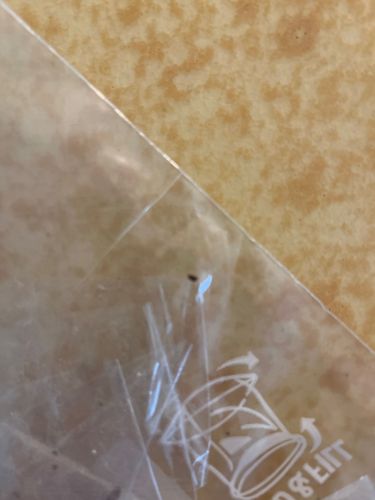Flea
Scientific Name: Siphonaptera (Order)
Order & Family: Order: Siphonaptera, Various families (e.g., Pulicidae)
Size: 1.5 mm to 3.3 mm (typically 1/16 to 1/8 inch)

Natural Habitat
Fleas are parasitic insects that live on the external surface of mammals and birds. They are often found in bedding, carpets, crevices, and other areas where their hosts rest or spend time. Their eggs and larvae can be found in these environmental reservoirs.
Diet & Feeding
Adult fleas are obligate hematophagous parasites, meaning they feed exclusively on the blood of their warm-blooded hosts (mammals and birds). Larval fleas feed on organic debris, including adult flea feces (which contain undigested blood).
Behavior Patterns
Fleas are known for their remarkable jumping ability relative to their size, which allows them to easily transfer between hosts. They have a complex life cycle involving four stages: egg, larva, pupa, and adult. The entire life cycle can be completed in as little as 2-3 weeks under optimal conditions, but can take several months. Adults are highly active blood-feeders. They are attracted to warmth, vibrations, and carbon dioxide emitted by potential hosts. They generally prefer warm, humid environments for their eggs, larvae, and pupae.
Risks & Benefits
Potential risks include: Flea bites can cause intense itching, skin irritation, and allergies (flea allergy dermatitis) in humans and animals. They can transmit diseases such as bubonic plague (via oriental rat flea), murine typhus, and act as intermediate hosts for tapeworms (e.g., Dipylidium caninum in dogs and cats, which can infect humans, especially children). They can also cause anemia in severe infestations, particularly in young or vulnerable animals. Benefits: Fleas do not offer any direct benefits to humans or the ecosystem; they are primarily considered pests.
Identified on: 9/9/2025